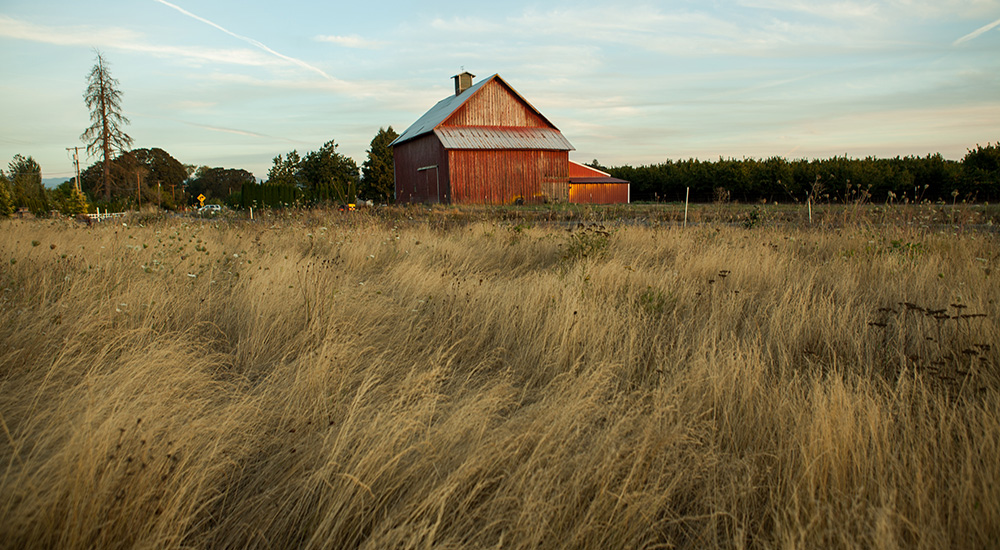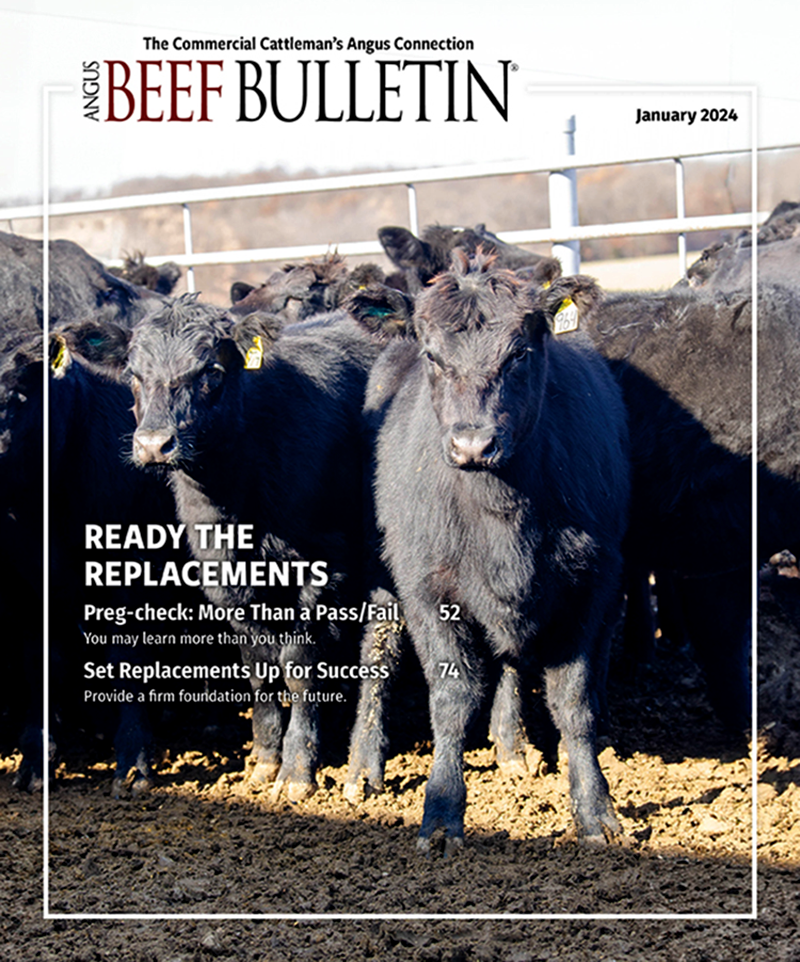
CRP Considerations
CRP risk-management decision aid available through AgriLife Extension.
As Conservation Reserve Program (CRP) contracts expire, landowners must decide if they should re-enroll acreage, convert it back to farmland or leave it in permanent cover for wildlife and/or grazing, a Texas A&M AgriLife Extension Service specialist said.
An AgriLife Extension publication, After the Conservation Reserve Program: Economical Decisions with Farming and Grazing in Mind, can help landowners make the necessary decisions, said DeDe Jones, an agency risk management specialist and publication co-author.
Jones and Tracy Fischbacher, USDA Natural Resources Conservation Service conservation agronomist in Amarillo, outline the pros and cons of each option in the six-page document, which can be found at https://tinyurl.com/AfterCRP.
CRP began in 1985 to protect topsoil. Highly erodible land is taken out of crop production and permanent vegetative cover is established in its place, Jones said. Several million acres of land highly susceptible to erosion with relatively low fertility were planted with native and introduced grasses.
In the 2014 Farm Bill, the maximum CRP acreage was reduced from 32 million to 24 million acres, she said. As a result, landowners with expired contracts may find it difficult to re-qualify for program eligibility.
If they don’t re-qualify, many producers are choosing to return their grass acres to crop production, Jones said. Growers who elect to put CRP acreage back into production should consider factors such as chemical applications, crop selection and tillage options.
Crops raised on converted CRP land are usually farmed dryland due to lack of water or irrigation equipment, she said. This means available soil moisture will be a major consideration in crop selection.
Also, soil moisture will determine the length of fallow necessary to rebuild soil moisture after grass kill-off, Jones said. Wheat and grain sorghum fit well into dryland rotation programs and are often grown on former CRP land.
Similarly, dryland cotton is an option, depending on the farm’s location and current operation, she said. Producers should expect lower yields in the first year of production after CRP, but this also depends on the amount of rainfall and existing soil moisture levels.
When it comes to economics, she said converting to dryland wheat or grazing can run $100-$125 per acre. The cost depends on the amount of tillage and chemicals applied. The cost for converting CRP land to dryland grain sorghum should range between $150 and $175 per acre.
Converting to livestock grazing will cost $30-$50 per acre using burning and fertilization, Jones said. Also, fencing and the development of a water source may be needed.
“Expect to pay around $975 per mile for one-strand and $1,223 per mile for two-strand electric fencing,” she said. “Barbed-wire fencing will cost approximately $10,500 per mile, including gates and corner posts. A well with a solar submersible pump ranges between $13,525 and $23,676, depending on the depth required.”
Jones said there are many other considerations to factor in and those are outlined in the publication. Before making decisions, a producer should analyze the situation completely, focusing on his or her individual operation and figuring the numbers accordingly.
Local Natural Resources Conservation Service field offices can aid in understanding the issues of conversion and offer insight into any financial cost-share programs available to help offset expenses, she said.
Editor’s note: Kay Ledbetter is a communications specialist for Texas AgriLife Communications.



